Nowadays, new energy vehicle technology has received much attention. The safety of power batteries is also the primary problem in the development of new energy vehicles.
Figure 1 shows TUV's test items on power battery safety, which are broadly classified into Safety Test (Safety TesTIng) and Abuse Test (Abuse TesTIng). Among them, the crush test and the nail penetraTIon test are abuse tests. These two tests are very damaging to the battery. Extrusion is the direct application of external mechanical force to the battery, forcing the battery to deform, resulting in mechanical deformation of various parts inside the battery, resulting in external / internal structural damage (such as diaphragm breakage, puncture), resulting in internal short circuit, triggering possible The heat is out of control. Acupuncture is the external metal foreign body directly piercing the inside of the battery, piercing the internal components of the battery, also causing internal short circuit, and triggering possible thermal runaway. Here are some examples to look at the two tests.
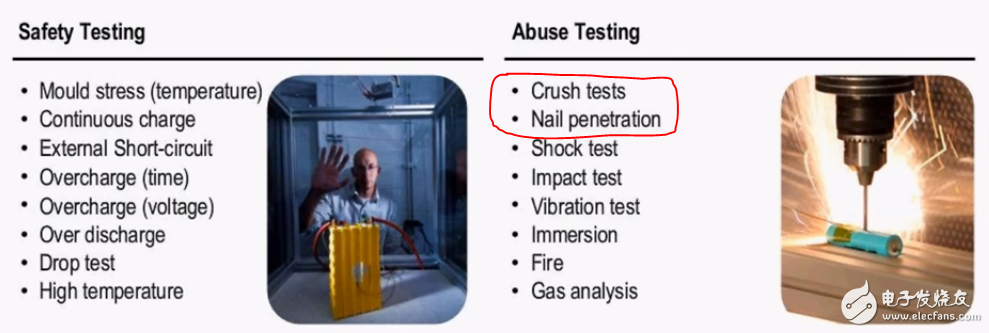
Figure 1 Battery Safety and Abuse Test Project
Let's take a look at the test of the LFP/C battery. LFP materials have a relatively high thermal stability and help to suppress or delay the occurrence of thermal space and time in abuse testing. Here is a case of ELIIY Power's 50Ah (106Wh/kg) battery, acupuncture test by TUV. The position of the needle piercing is at the center of the battery surface. From the point of view of the penetration of the steel needle, the battery did not observe any anomalies and showed high safety (Fig. 2a-2c).
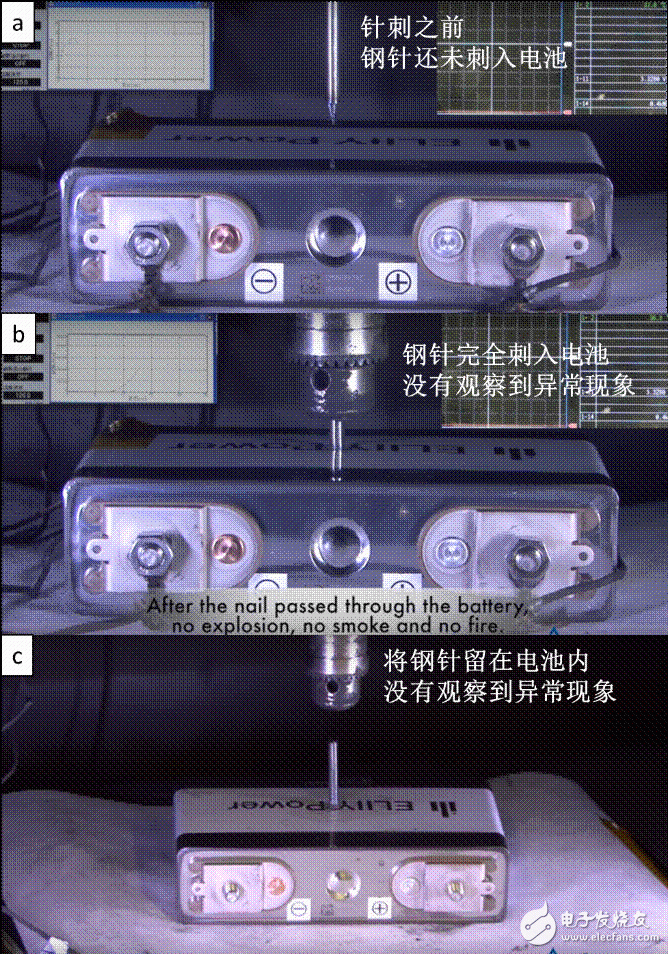
Figure 2 Acupuncture test of LFP 50Ah battery
Regarding the acupuncture test, EC Power used the simulation technique to study the effect of the thickness of the steel needle on the acupuncture test results of the NCM battery (5Ah, 120Wh/kg). There is a set of data for reference: 20mm steel needle, 150 seconds for acupuncture position temperature to reach 150 degrees Celsius; 10mm steel needle, 75 seconds for acupuncture position temperature to reach 150 degrees Celsius; 5mm steel needle, acupuncture position temperature reaches 150 degrees Celsius only It takes 2 seconds (Figure 3). It shows that the use of a thin steel needle, the local temperature rise in the acupuncture position is relatively faster, and it is more likely to cause the battery to run out of control.

Figure 3 Effect of the thickness of steel needle on the results of acupuncture
Figure 4 is also the extrusion test of EIILY Power's 50Ah LFP battery, with the extrusion position also in the middle of the battery. The battery was not squeezed from the extrusion head to about half the thickness of the battery (Figures 4a, 4b). When the extrusion is continued, it can be seen that the electrolyte inside the battery is ejected (Fig. 4c); when the extrusion is continued, a small amount of white smoke begins to appear (Fig. 4d); when it is pressed to the position of Fig. 4e, the battery casing begins to crack. Figure 4f is 100% extrusion deformation, the battery casing has been crushed into two halves, and it can be observed that the plastic packaging film on the surface of the right half of the battery begins to shrink heat, indicating that the internal temperature rise of the battery is faster. . Despite this, the battery did not show fire or explosion during the entire extrusion process, showing good safety characteristics.
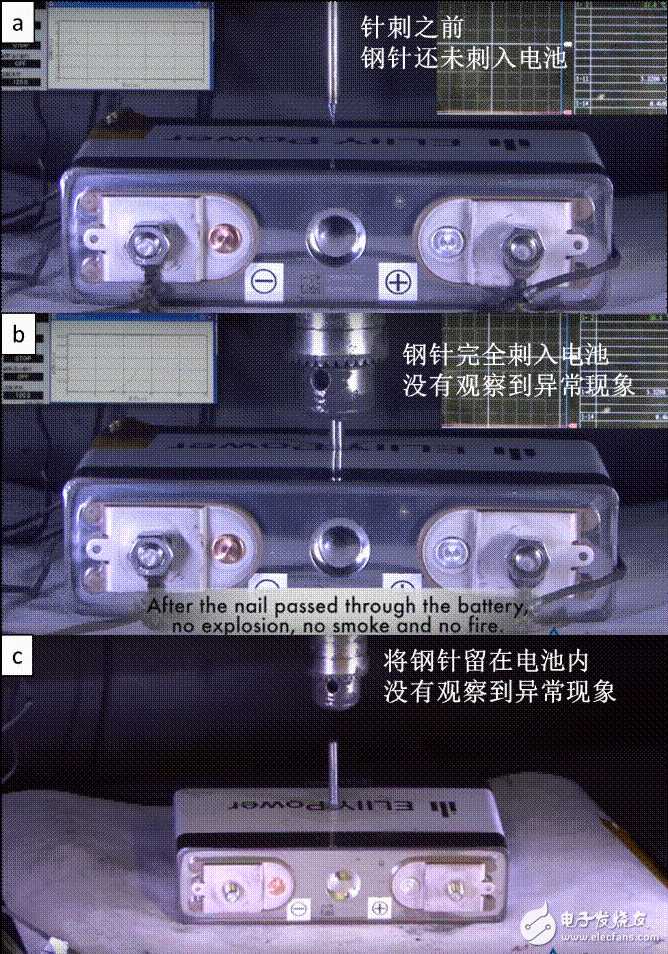
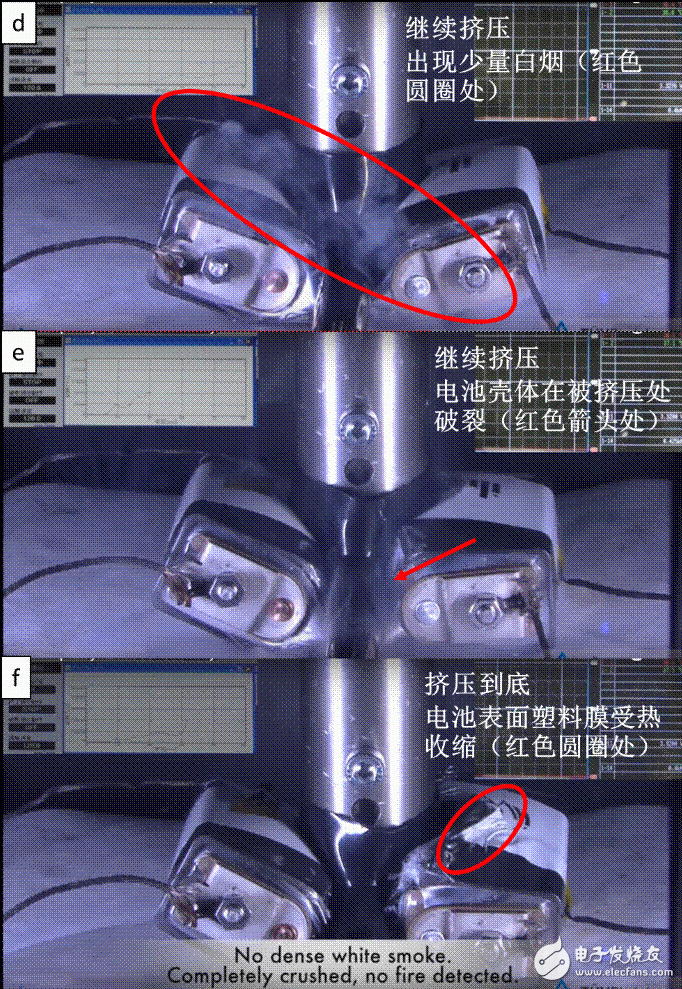
Figure 4 extrusion test of LFP 50Ah battery
Figure 5 is a failure example of a single cell extrusion test. Squeeze the battery from the extrusion head, and a small amount of white smoke emerges from the top of the battery (Fig. 5b), then a large amount of white smoke is ejected (Fig. 5c), followed by a large number of Mars in the sixth second. The flame, the battery completely ignited, and within a few seconds, the gas, smoke, and splashing residue from the fire exploded into the entire test room.
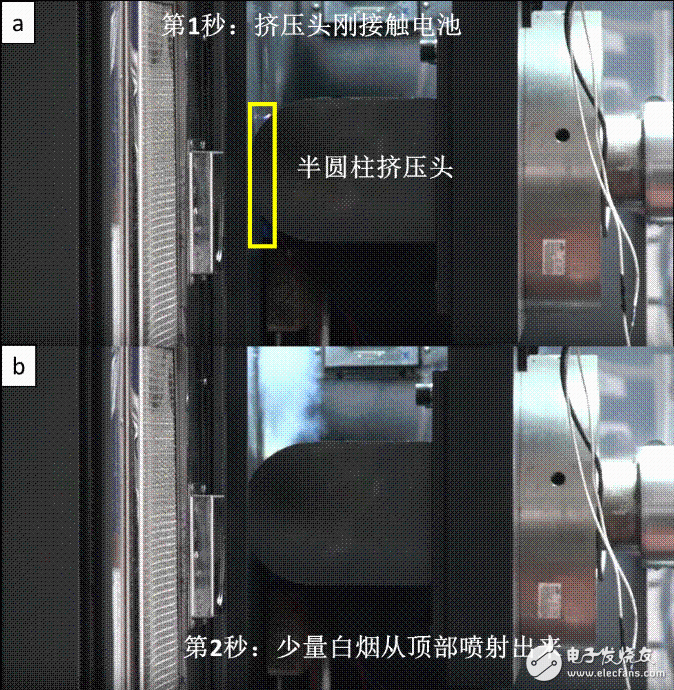
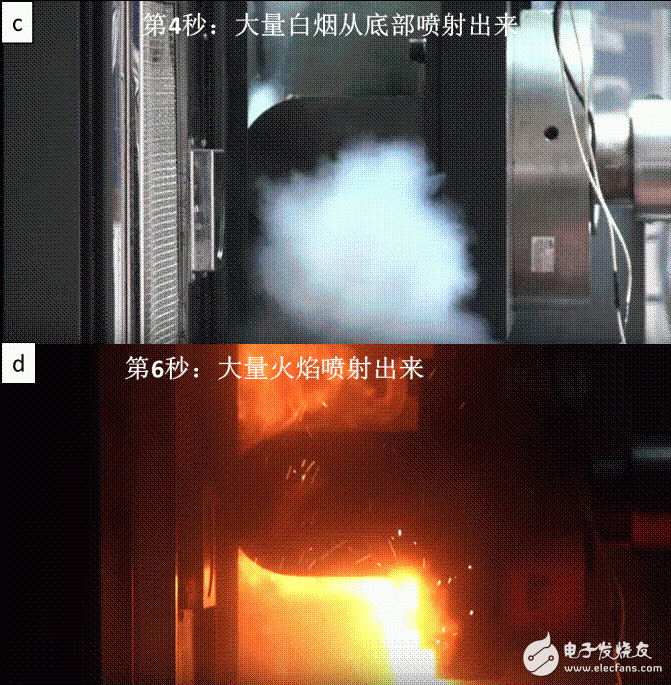
Figure 5 Squeeze test failure case
Let's take a look at what gases are released from the inside of the battery after the lithium-ion battery is out of control. Of course, due to the difference in the composition, results, and chemical state of each battery, the gases released are different. Usually, these gases are flammable. When the thermal runaway causes the internal temperature of the battery to rise rapidly to a certain extent, it is possible to trigger combustion. Here, a 40Ah NCM/C soft pack battery is taken as an example, and its electrolyte is LiPF6/EMC/DEC/EC. In the case of full charge, the heat is out of control by acupuncture, thereby collecting and analyzing the released gas components. The analysis results show that the released gas components mainly include:
· EMC: Ethyl Carbonate Ethyl Ester
· DEC: diethyl carbonate
· EC: ethylene carbonate
· Benzene: Benzene
· Toluene: Toluene
· Styrene: Styrene
· Biphenyl: biphenyl
· Acrolein: Acrolein
· CO: carbon monoxide
· COS: Sulfonyl sulfide
· Hydrogen fluoride: This is hydrogen fluoride
Some of these substances are gases and some are volatile liquids. The first three substances are volatilized by the electrolyte itself, and the latter substances are new substances formed during the thermal runaway process. All of the above substances are already toxic and flammable at a certain temperature.
Let's look at a traditional consumer battery. The battery material is LiCoO2/C, 2.1Ah soft pack battery, and the energy is 7.7Wh. After the thermal runaway is triggered, the gas is collected by the device for analysis, and the results of Table 1 are obtained. The gas composition here includes:
· Carbon monoxide, carbon dioxide, hydrogen
·methane, ethane, propane, isobutane, butane, isopentane, isopentane, hexane, ethylene, propylene, benzene, toluene, ethylbenzene
Among them, at 100% SOC and 150% SOC, the most volumetric content is carbon monoxide, carbon dioxide and hydrogen. The main components are carbon monoxide, carbon dioxide and hydrogen, and the rest are organic substances such as alkanes, olefins and benzene, which can also make combustible gases.
Table 1 Gas composition
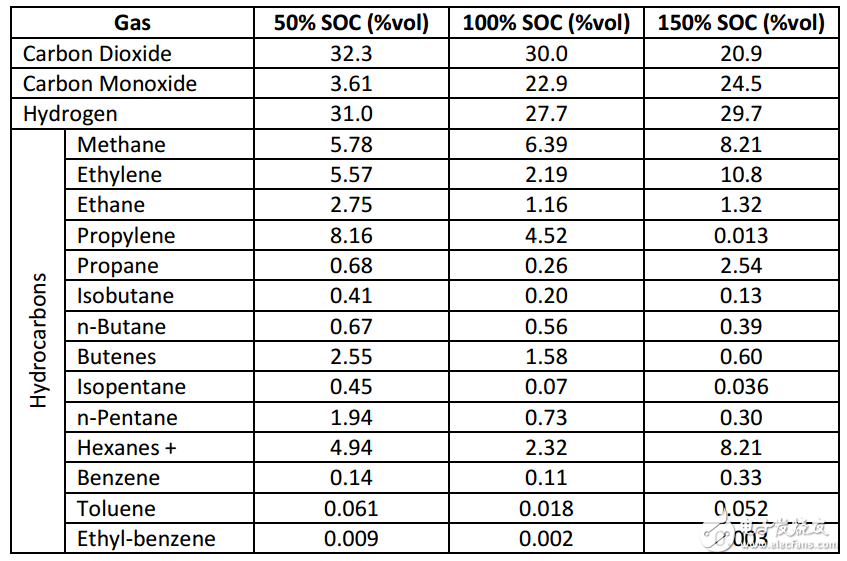
At the same time, the amount of released gas (Table 2) was measured, from 50% SOC to 100% SOC, and the amount of gas released after thermal runaway increased by more than three times. At 150% SOC, the released gas content is 7.5 times that of 50% SOC, and a small battery can release so much gas.
Table 2 Gas content

Power battery products are about the safety of users, and their safety design and requirements are of the highest priority in the design of the entire battery system. This requires the selection of appropriate battery materials, optimized cell design, enhanced electrical and safety design of modules and systems, and the application of FMEA tools to comprehensively consider/analyze various safety failure modes and countermeasures to design high performance, high safety power. Battery products.
Portable Solar Panel,Portable Solar Charger,Portable Solar Power,Portable Solar
suzhou whaylan new energy technology co., ltd , https://www.whaylan.com